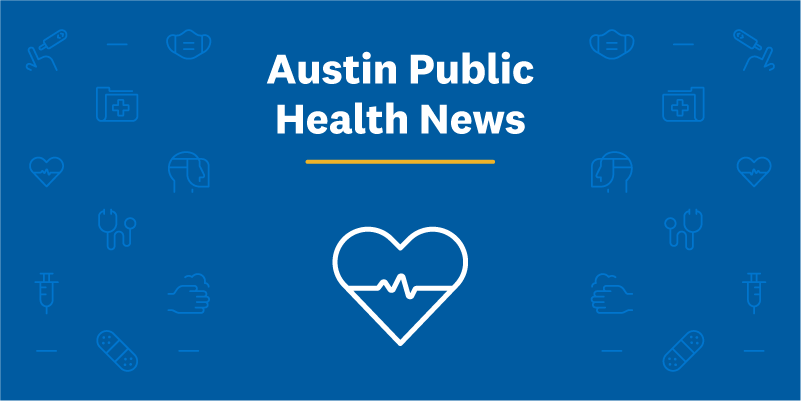

Medication that can be used to reverse overdose from opioids is in high demand
AUSTIN, Texas – Austin-Travis County, along with much of the country, is experiencing an increasing rate of opioid overdoses in 2022. Most concerning, our younger populations are becoming part of this trend. City leaders and staff have been working to obtain medication such as naloxone, which is in high demand and short supply. Thanks to a recent delivery of naloxone, medication will be more readily available to save lives and prevent future heartbreak caused by this epidemic.
"This delivery of medication is a boon to our efforts of reducing overdoses," said Austin-Travis County Health Authority Dr. Desmar Walkes. "We have seen far too many cases involving opioids ending in tragedy in our community."
Direct Relief, a humanitarian aid organization, has provided a one-time donation of 9,900 doses of naloxone to the Texas Harm Reduction Alliance. Health officials warn that responsive medication should be our last resort and preventive measures such as increasing awareness of the dangers of these drugs, especially to our teens, is key to avoiding overdoses. The City, County and Central Health are partnering to produce an educational campaign geared toward, teens, parents/caregivers and loved ones of those who are in of help with drug addiction.
"In Travis County we declared a health crisis to help save lives and directed resources and efforts to stop drug overdose deaths, including by increasing community access to Naloxone" said Travis County Judge Andy Brown. "Today’s announcement is another step in the right direction, and we all must do more to help our community have access to the resources they need, like a streamlined process for tracking overdose data from law enforcement, hospitals, and public health officials."
"This donation of life-saving naloxone is critical to meeting the public health emergency challenge, saving lives and keeping our community safe," said Austin Mayor Steve Adler. "Opiate addiction strikes all kinds of people; it does not discriminate. We will also emphasize education and awareness among those who are best able to support those most at risk because prevention is the first goal."
Naloxone works by attaching itself to opioid receptors, reversing and blocking the effects of opioids. This will quickly restore breathing to someone whose breathing has slowed or stopped because of an overdose.
Opioids present a risk as they can become addictive. Regular use of opioids can lead to increased tolerance and dependence, which leads to seeking stronger, more frequent doses. You should only use opioids prescribed to you by your doctor.
Naloxone is not a substitute for emergency medical care. Anyone receiving naloxone for an overdose will also require immediate medical attention.
“Austin-Travis County has a dire need for naloxone, and this delivery will work to save lives,” said Austin Public Health Director Adrienne Sturrup. “Equipping our community with this tool is just part of the mission to reduce overdose deaths moving forward.”
Information on opioids and resources available in Austin-Travis County can be found here.
About Direct Relief
Direct Relief is a humanitarian aid organization, active in all 50 states and more than 80 countries, with a mission to improve the health and lives of people affected by poverty or emergencies – without regard to politics, religion, or ability to pay.
